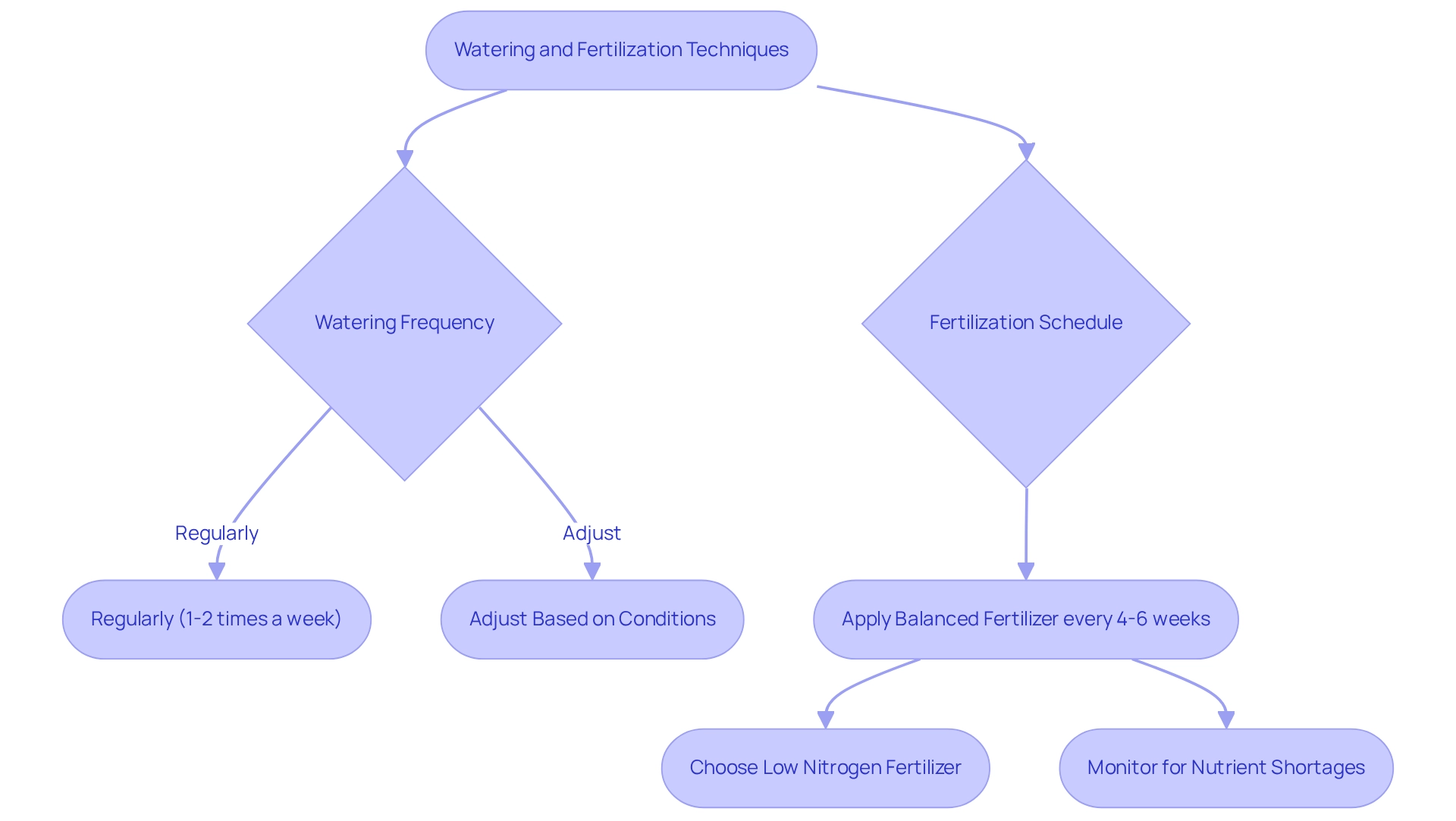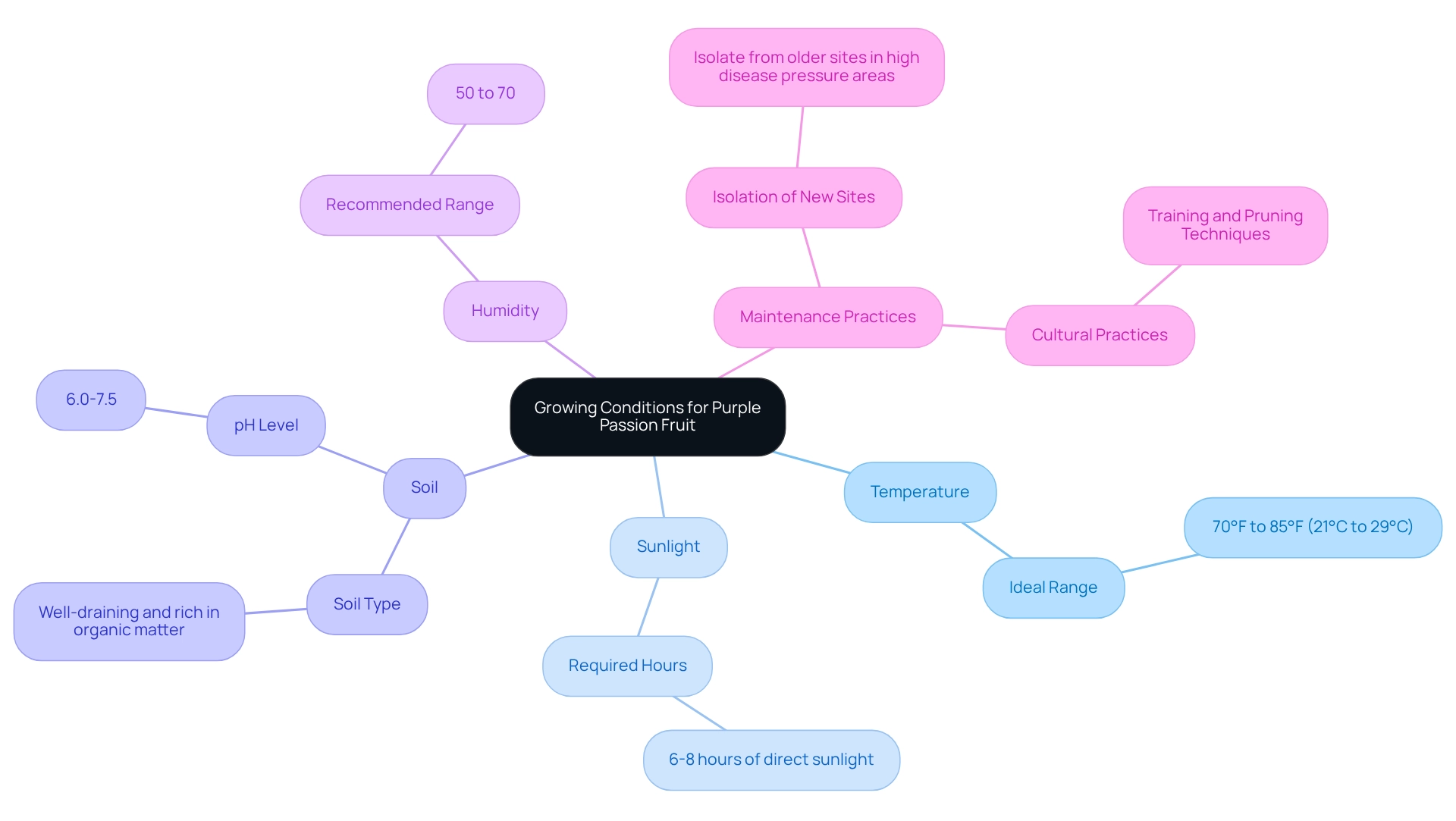
5 Steps to Successfully Grow Purple Passion Fruit
Share
Dreaming of harvesting juicy, tangy passion fruit right from your garden? Whether you're a seasoned gardener or just getting started, growing a Purple Passion Fruit Vine is totally achievable—with the right steps.
This article serves as a nurturing guide, outlining the five essential steps to successfully grow purple passion fruit. We understand that gardening can sometimes feel overwhelming, so we’ll walk you through understanding growing conditions, soil preparation, planting techniques, maintenance care, and troubleshooting common challenges. Each step is enriched with insights into optimal environmental factors, soil health, and effective pest management, all aimed at helping you cultivate healthy and productive plants.
As you embark on this gardening journey, remember that you’re not alone. Many gardeners face similar hurdles, and we’re here to support you. By focusing on the right conditions and preparing your soil thoughtfully, you can create a thriving environment for your passion fruit.
Let’s explore these steps together, ensuring that you feel equipped and confident. With care and attention, you can nurture these plants to grow beautifully, and we’ll provide you with the encouragement and practical advice you need along the way.
So, are you ready to dive into the world of gardening? Together, we can transform challenges into opportunities for growth, making your gardening experience both rewarding and fulfilling.
👉 Ready to grow your own fruit? Get your Purple Passion Fruit Vine from Everglades Farm—shipped fresh from Florida and ready to thrive.
1. Understand Growing Conditions for Purple Passion Fruit
2. Prepare the Soil for Optimal Growth

3. Plant Purple Passion Fruit Seeds or Seedlings

4. Maintain Care: Watering and Fertilization Techniques

5. Troubleshoot Common Growing Challenges

🍇 Start Growing Your Passion Fruit Oasis Today
With just a little planning and consistent care, your passion fruit vine can thrive and reward you with exotic, flavorful fruits.
👉 Order your Purple Passion Fruit Vine now from Everglades Farm and enjoy one of the most beautiful—and delicious—plants you’ll ever grow.
➡️ Passion Fruit Yellow vs Purple: Taste, Nutrition, and Growth



